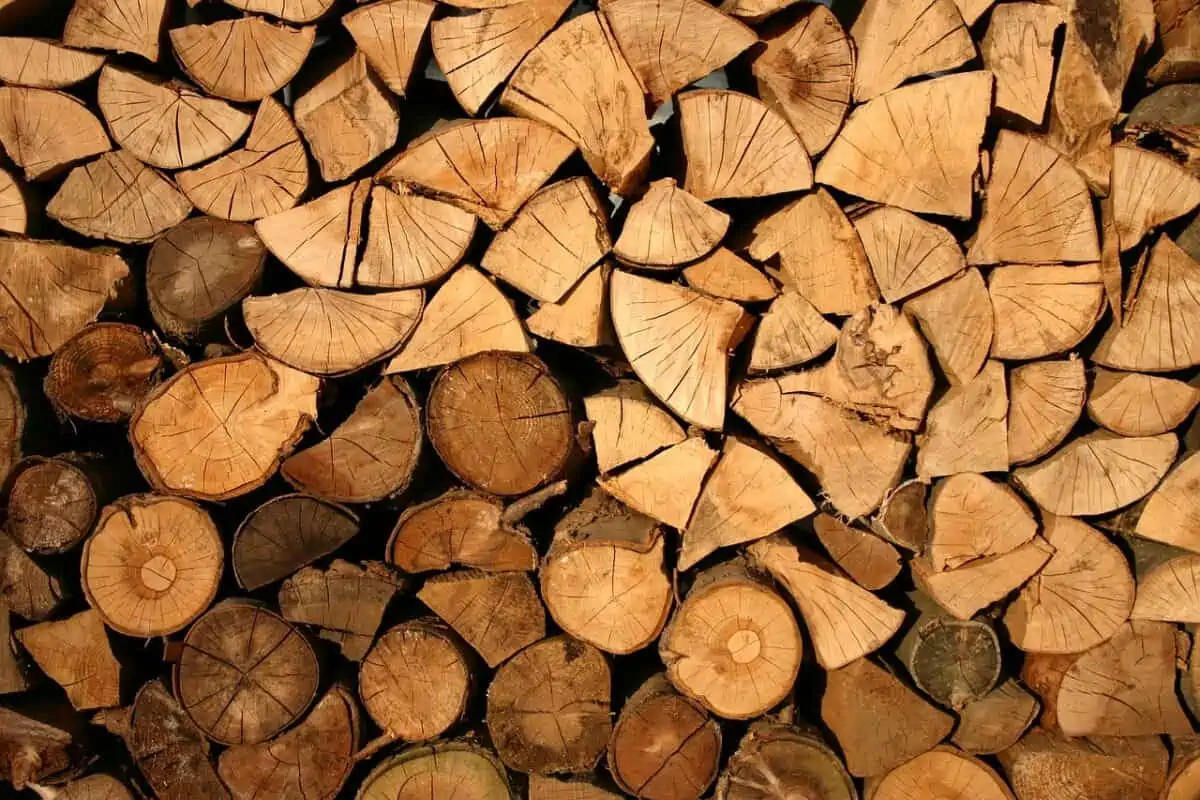Sign up for our newsletter!
Your data will be handled in compliance with our privacy policy.
Your data will be handled in compliance with our privacy policy.

Research paper in the proceedings of 16th European Conference on Composite Materials, ECCM16, Seville, Spain; 22–26 June, 2014.
One-dimensional carbon nanostructures have been known and fabricated for more than a hundred years and were originally rWe describe a fast and cost-effective process for the growth of carbon nanofibers (CNFs) at a temperature compatible with complementary metal oxide semiconductor technology, using highly stable polymer–Pd nanohybrid colloidal solutions of Cellulose-based carbon nanofibers (CNFs) with high mechanical strength and electrochemical stability were nitrogen-doped and functionalized with carbon nanotubes (CNTs) via two different methods. The diameter of incorporated CNTs was in the range of 1–20 nm. The doping with nitrogen atoms and incorporation of CNTs into the CNFs improved conductivity, while CNTs also increased surface area of the produced material. As a result, the composite materials with capacitance values up to 241 F/g were obtained.
Your data will be handled in compliance with our privacy policy.